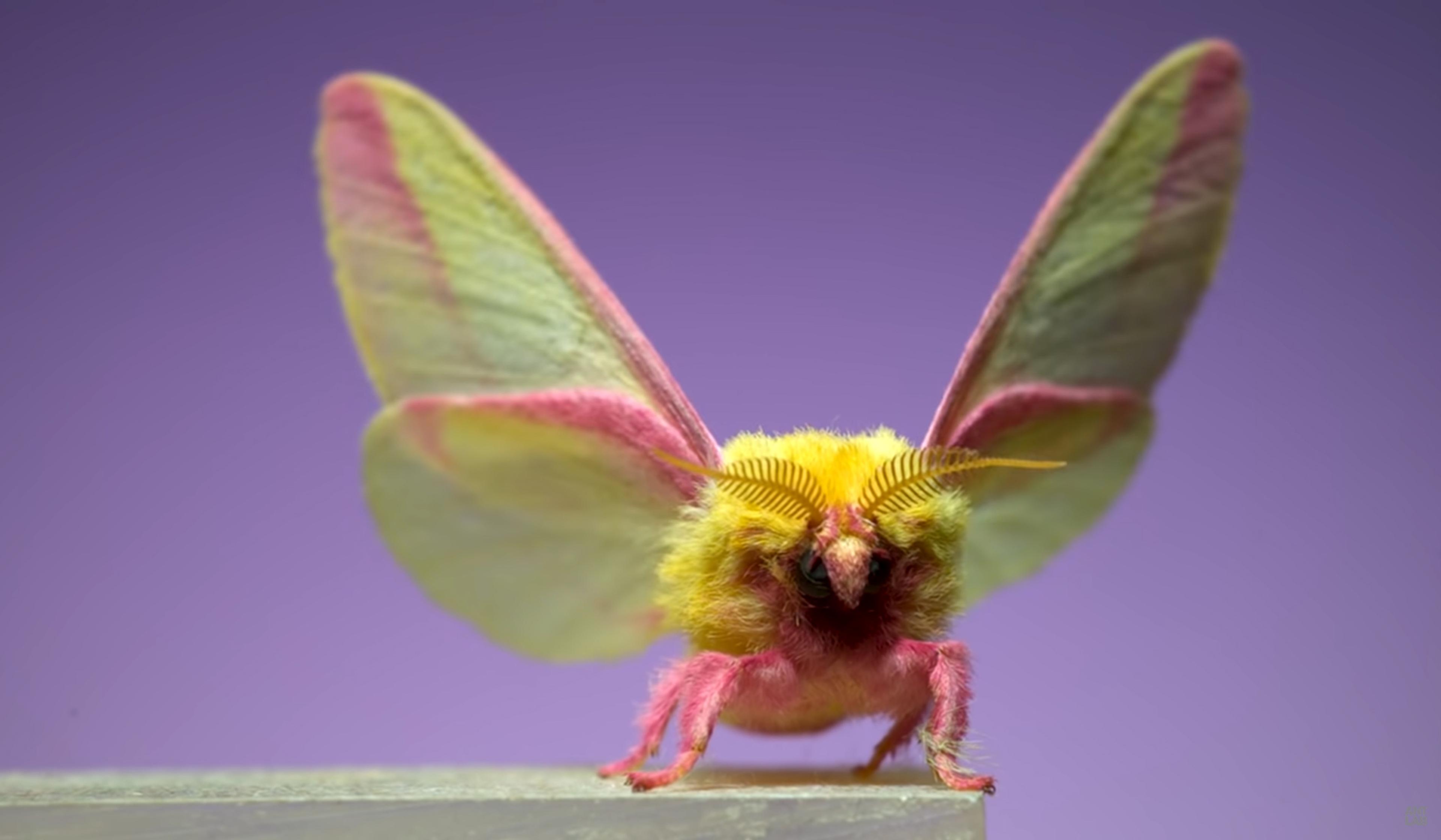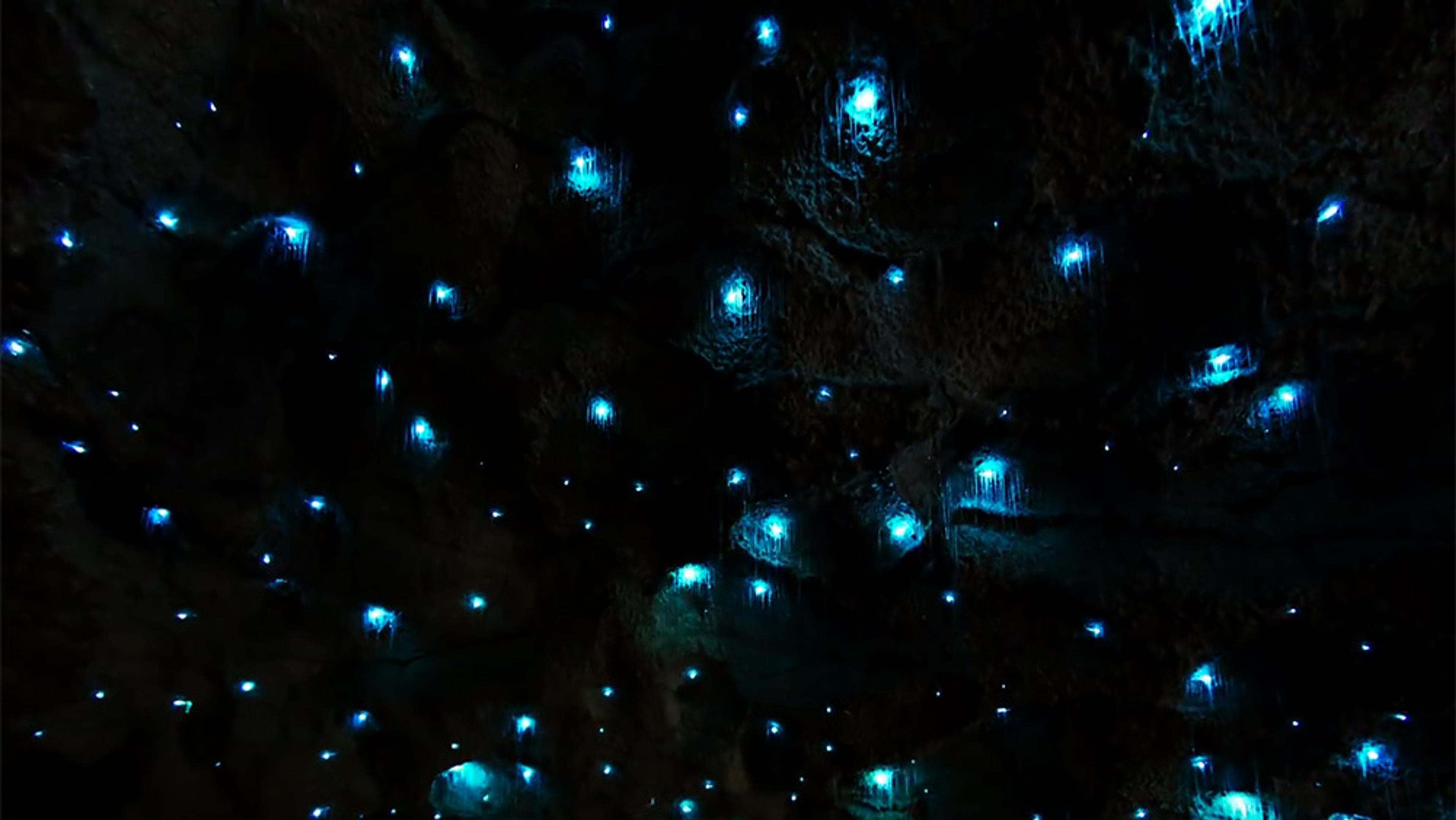The US research biologist Adrian Smith uses powerful cameras to study – and delight in – how small winged creatures go from grounded to airborne in the blink of an eye. In this video, Smith walks viewers through slow-motion footage of 11 of the most fascinating moths and beetles he’s captured taking flight at the Evolutionary Biology and Behavior Research Lab at the North Carolina Museum of Natural Sciences, which he heads. Highlights include a trio of bioluminescent glow-worm beetles taking off in synchrony, and a waved sphinx moth launching from the tip of Smith’s finger. Combined, these clips form an awe-inspiring peek into the varying strategies insects use for moving into, and through, the air. For more lush visual investigations of insect-flight physics from Smith, watch Moths in Slow Motion and Insects Take Flight.
There’s no one way for an insect to fly, but they’re all amazing in close up and slo-mo
Video by Ant Lab

videoBiology
Beetles take flight at 6,000 frames per second in this perspective-shifting short
9 minutes

videoBiology
How insects become airborne, slowed down to a speed the human eye can appreciate
8 minutes

videoBiology
Witness the majesty of moths taking flight at 6,000 frames per second
5 minutes

videoEcology and environmental sciences
Close-ups reveal how caterpillars live long enough to cocoon
9 minutes
videoBiology
Brilliant dots of colour form exquisite patterns in this close-up of butterfly wings
3 minutes

videoBiology
Do we finally understand why winged insects seem drawn to light?
7 minutes

videoBiology
Butterflies become unrecognisable landscapes when viewed under electron microscopes
4 minutes

videoBiology
Glow worms mimic stars, creating a stunning faux night sky in a New Zealand cave
4 minutes

videoBiology
From egg to the air: 21 days of bee development condensed into one mesmerising minute
1 minute